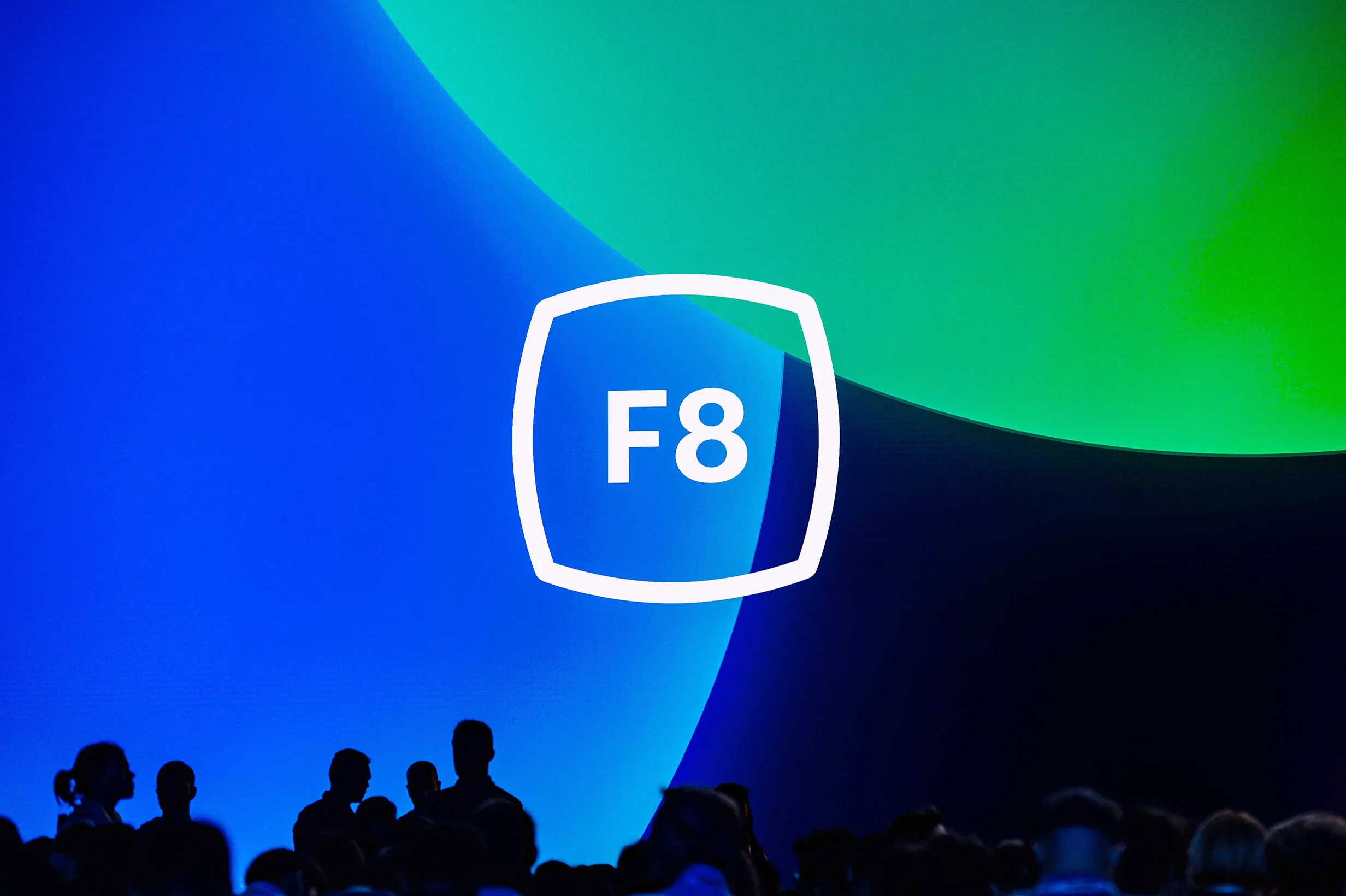
Type:
Innovation strategy
Product strategy
Go-to-market strategy
Services:
AI Capability Audit
Innovation Research
Innovation Strategy
Innovation Concept
Product Storyboard
Go To Market Strategy
Stakeholder Presentation
Facebook AI Research
Demo Products
Facebook's proactive investment in AI technology underscores its commitment to enabling community-building and global closeness. I led Strategy for an innovation sprint at Your Majesty, encompassing research, concept development, and design of three demo products showcasing Facebook AI's connection-building power across Creativity, News, and Social Wellness domains.
Our AI demo products stand as solutions addressing diverse learning styles, unconventional expression, and the mitigation of polarization. This mission led to the formulation of three "What If" scenarios, yielding these innovative AI demo concepts:
What if AI's potential to translate complex inputs into meaningful outputs was harnessed, empowering those with limited means of communication to express themselves.
What if AI's inherent adaptability was utilized to craft an application that imparts knowledge tailored to individuals?
What if AI's computational prowess were leveraged to counteract exaggerated and misleading arguments?
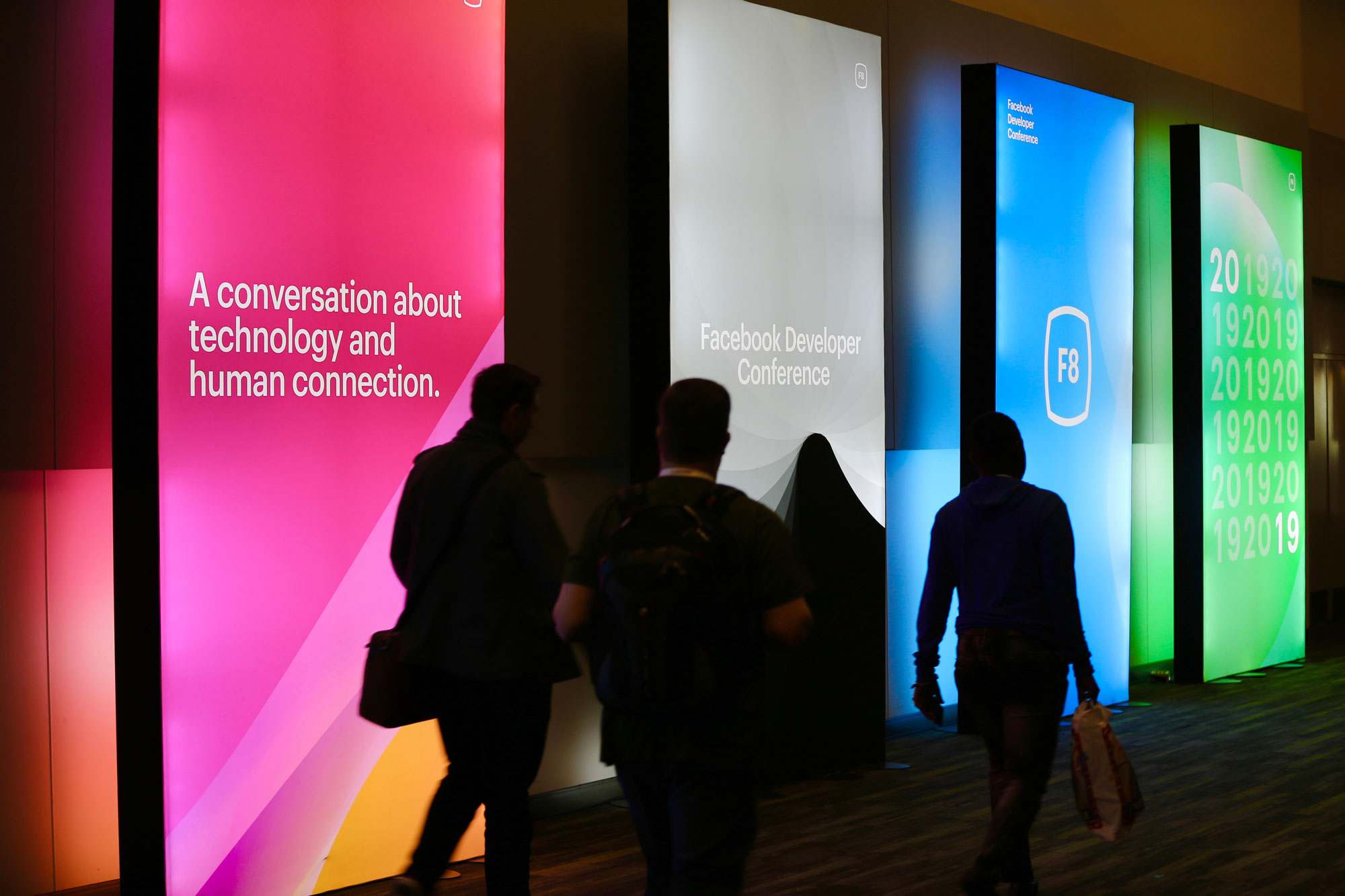
Facebook F8 is a mostly-annual conference held by Meta Platforms since 2007, intended for developers and entrepreneurs who build products and services around the website.
1. Find Your Voice
While the internet has been a significant help in connecting everyone, it was still built for the majority, leaving out marginal communities. What if we leverage AI’s ability to translate complex input into meaningful outputs to empower people with limited means of communication, express themselves more creatively.
Find Your Voice is an AI-powered mobile application that transforms non-verbal communication into a visual and audible experience for people with speech limitations, allowing both sides of the conversation to contribute to the discussion.
Technology:
LipNet, CNN Liptracking, Tactron 2, VoxCeleb, CBiometrics.

MEET FENG MIAN: Feng is a speech and hearing impaired woman using Find Your Voice to communicate with her friends and family.
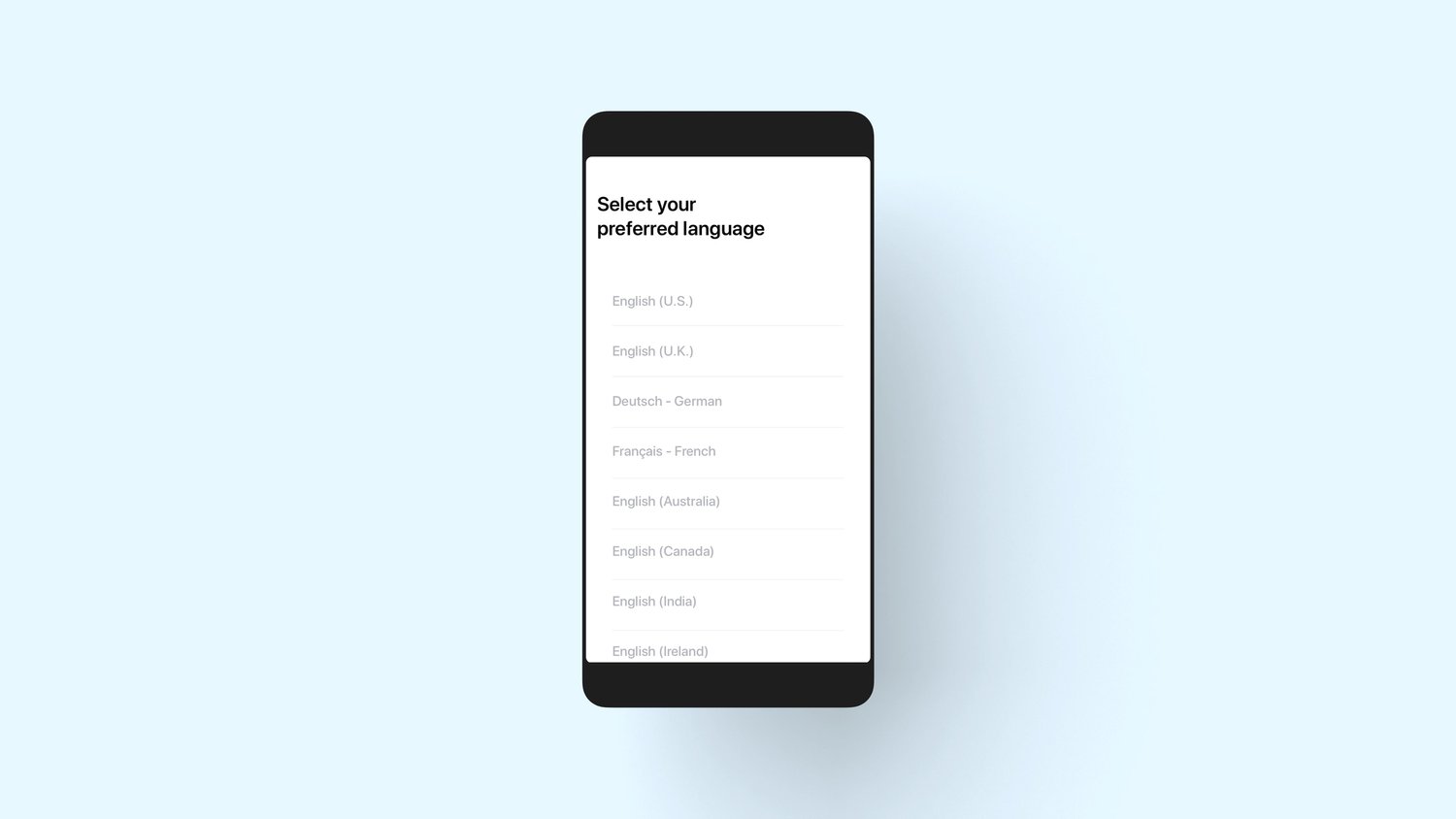
She first chooses her language and regional dialect so that the AI can pick up on colloquialisms from her words and what language to speak in.
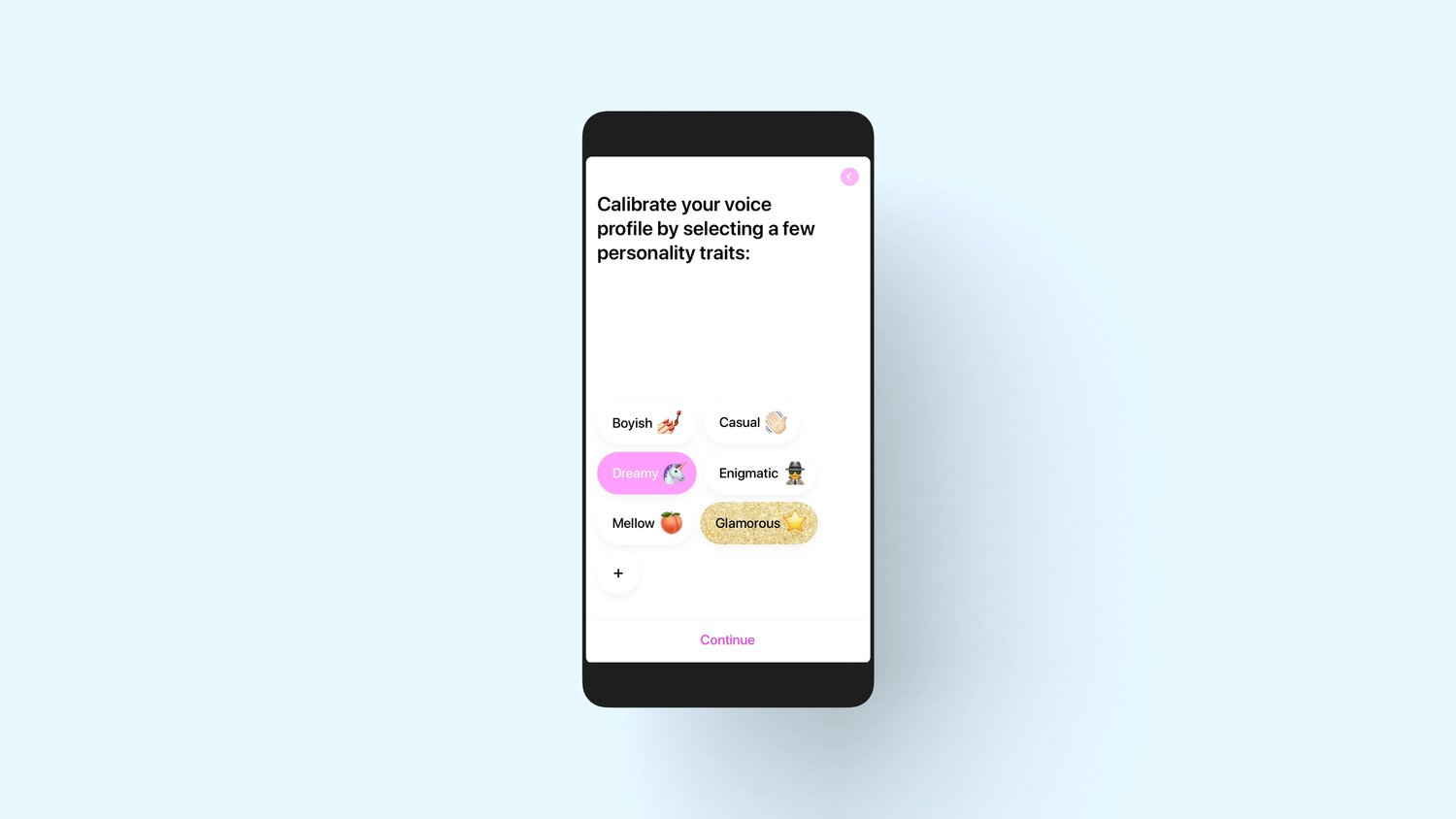
CURATE VOICE PROFILE: She then builds her voice profile by selecting different personality traits.
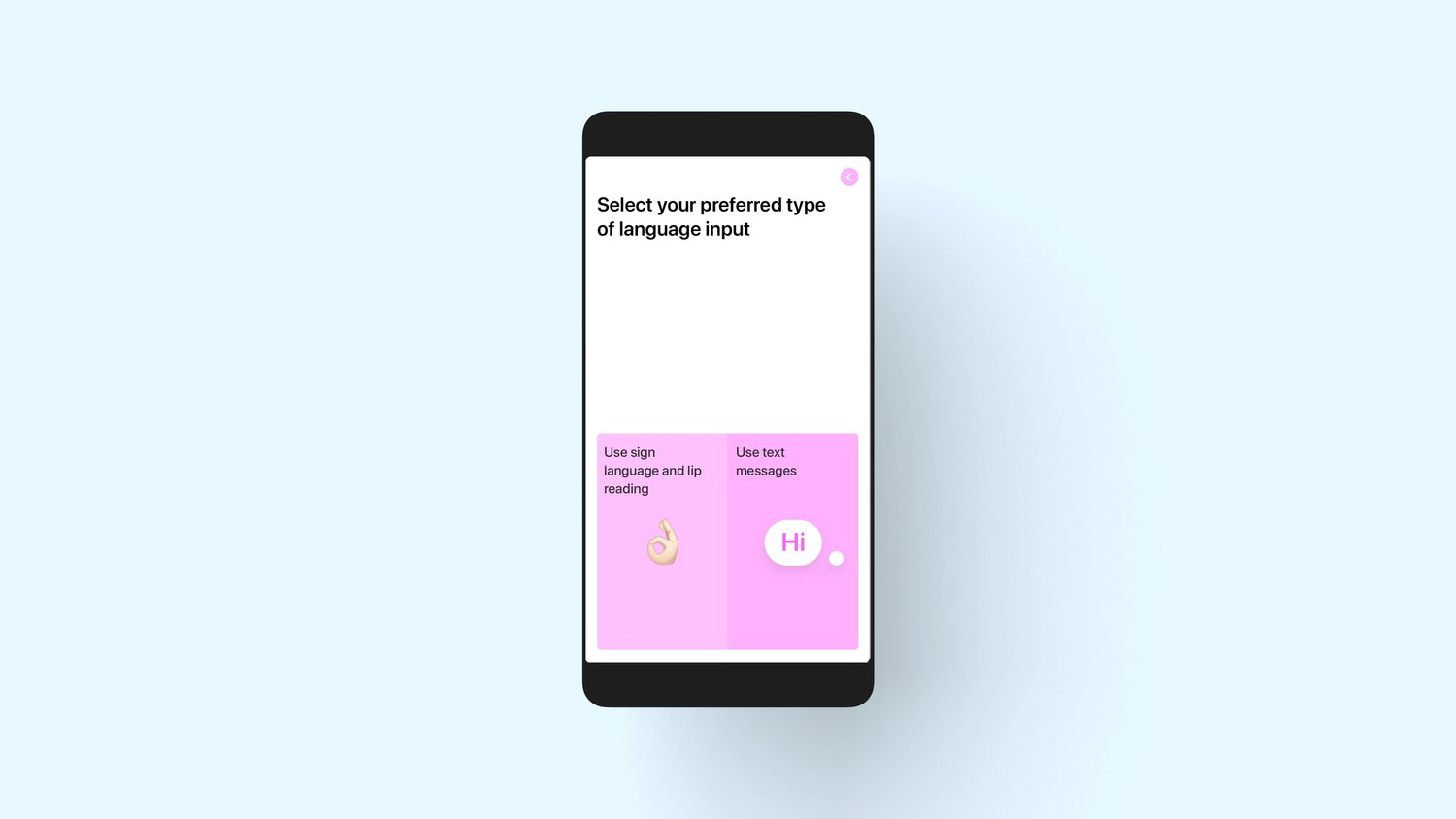
SELECT INPUT METHOD: She can choose to generate her voice by inputting her words via text or sign language and lip reading.

VOICE + EXPRESSION: When she gestures, her voice is visualized and amplified in sound. Although Feng Mian can't hear, she can see the emotion in her voice, using this feedback to adjust her expressions and teach the AI.

A CALL FROM FENG: Feng Mian calls Aimee. She shares her excitement about how this new application helps her create sound from from her sign language. On the other end, Aimee hears Feng’s voice for the first time.
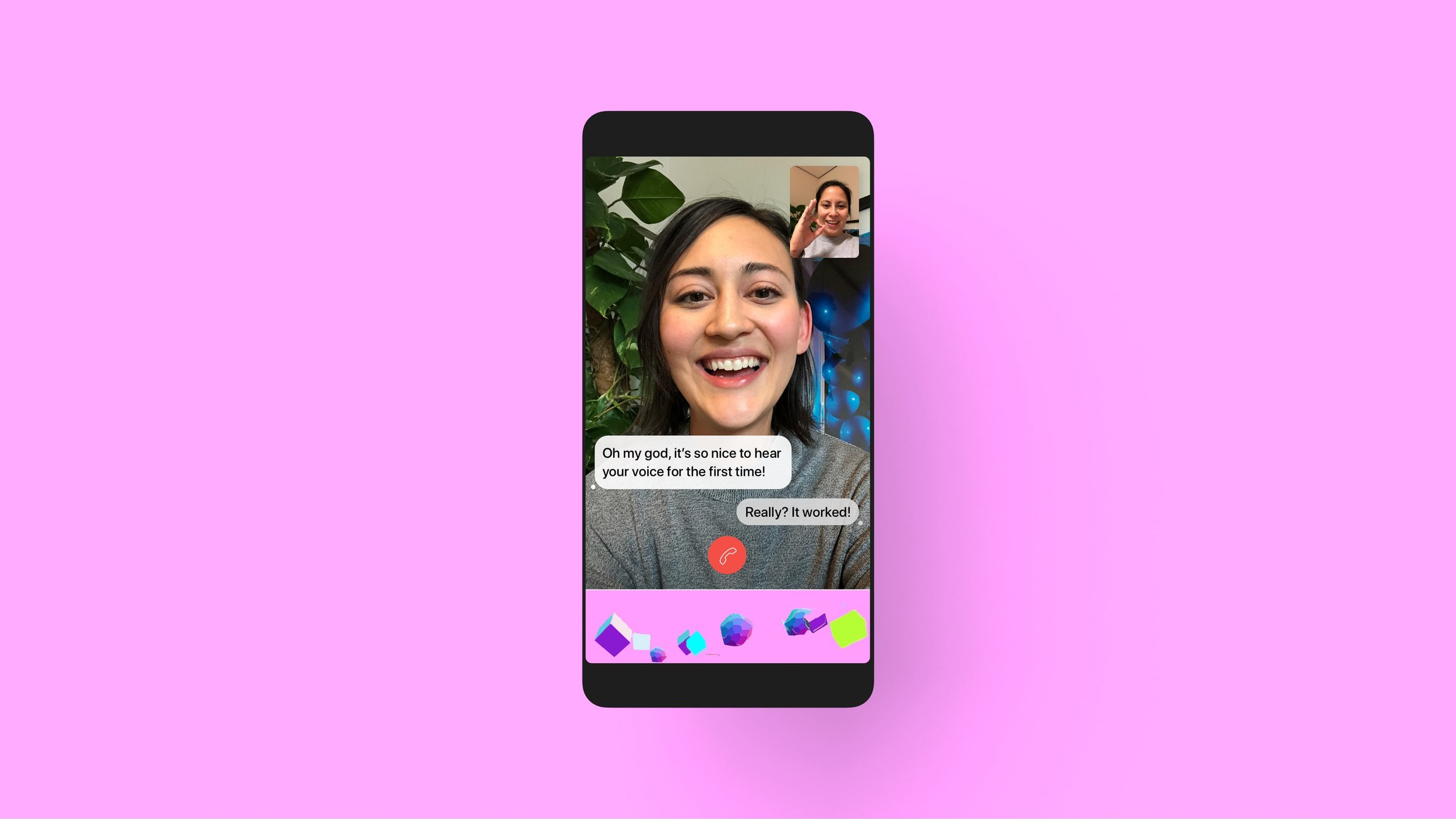
WHAT FENG SEES: Feng can see her friend and what her friend is saying in the form of chat bubbles. Voice visualization lane translates her friend’s tone and verbal expression through visuals and animation.
2. Education for All
Across the world, especially in rural areas, dropout rate is still a withstanding social issue. One of the reasons that children fail to keep up with their classwork is due to the lack of after-school assistance and personalized support. Education for All is an AI-powered mobile application that gives students around the world access to personal tutoring whenever, however they need it.
Technology:
WALS, AQuA, Computer Vision, Voice Interaction, NLP.

MEET OSCAR: Oscar is working on his math homework and runs into a tricky question.
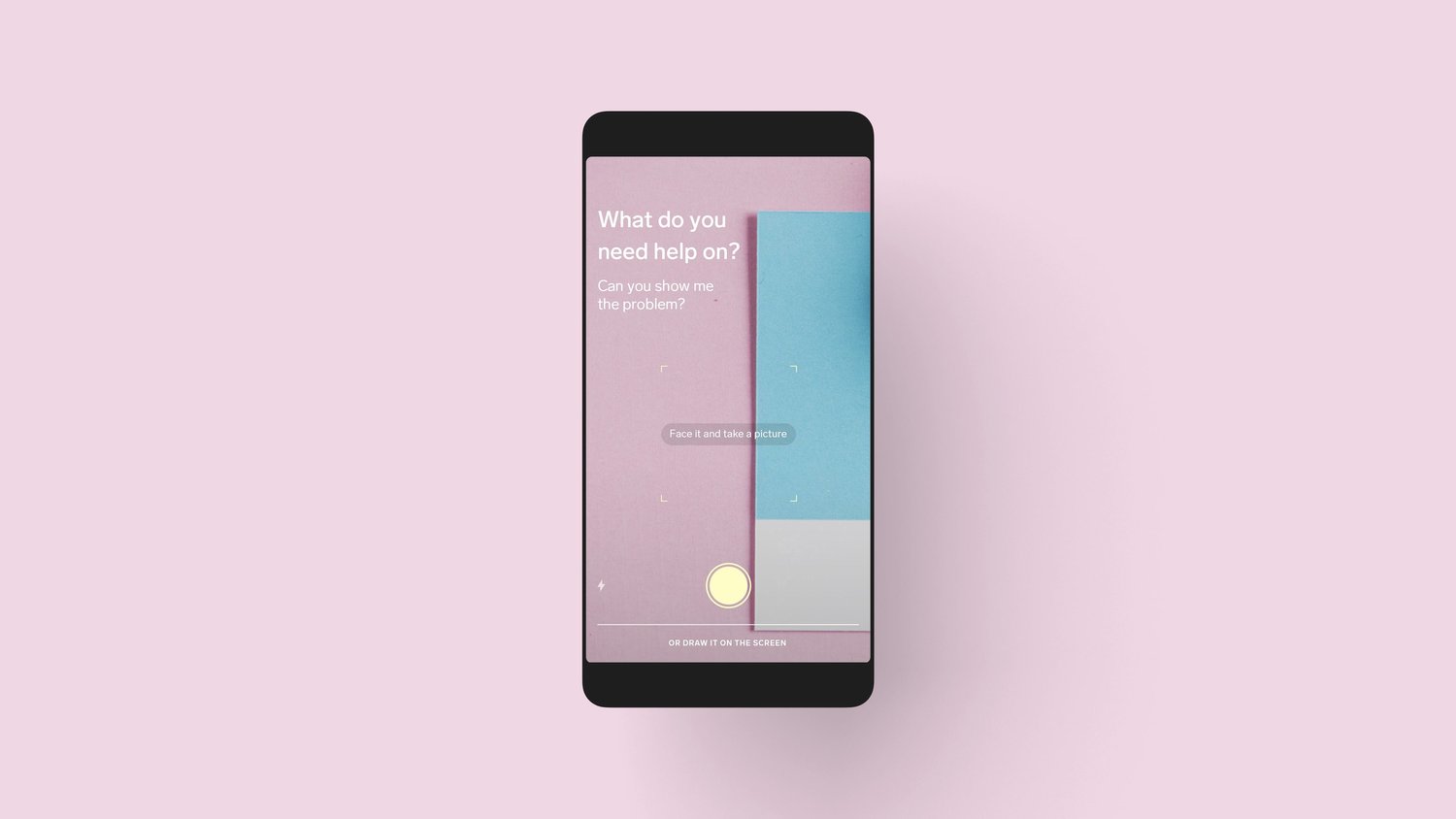
TASK INPUT: He takes a photo of the assignment via the AI app and asks it for help.
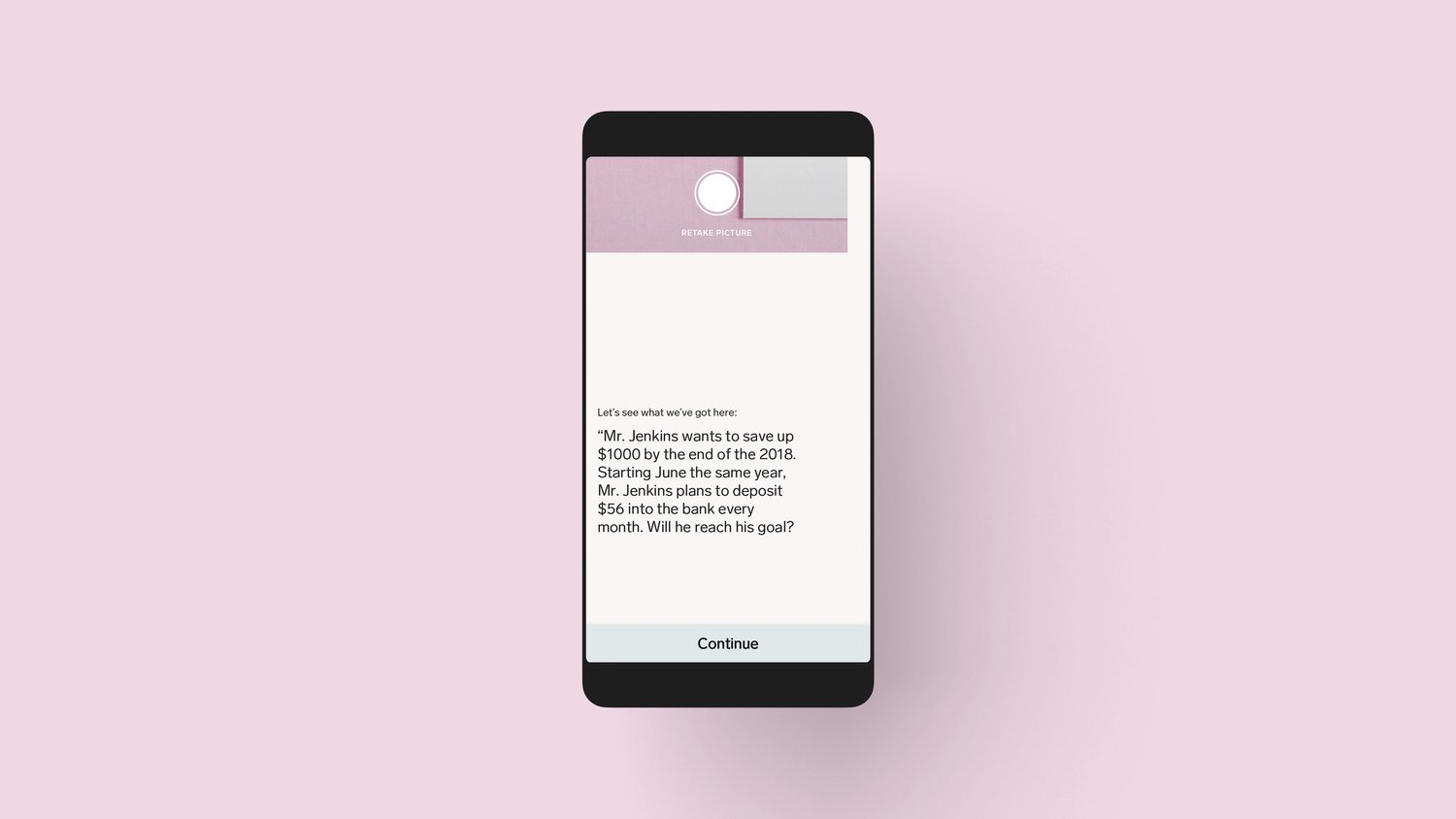
IMAGE PROCESSING: The question: “Mr. Jenkins wants to save $1000 by the end of the 2018. Starting July the same year, he deposits $56 into the bank every month. Will he reach his goal?
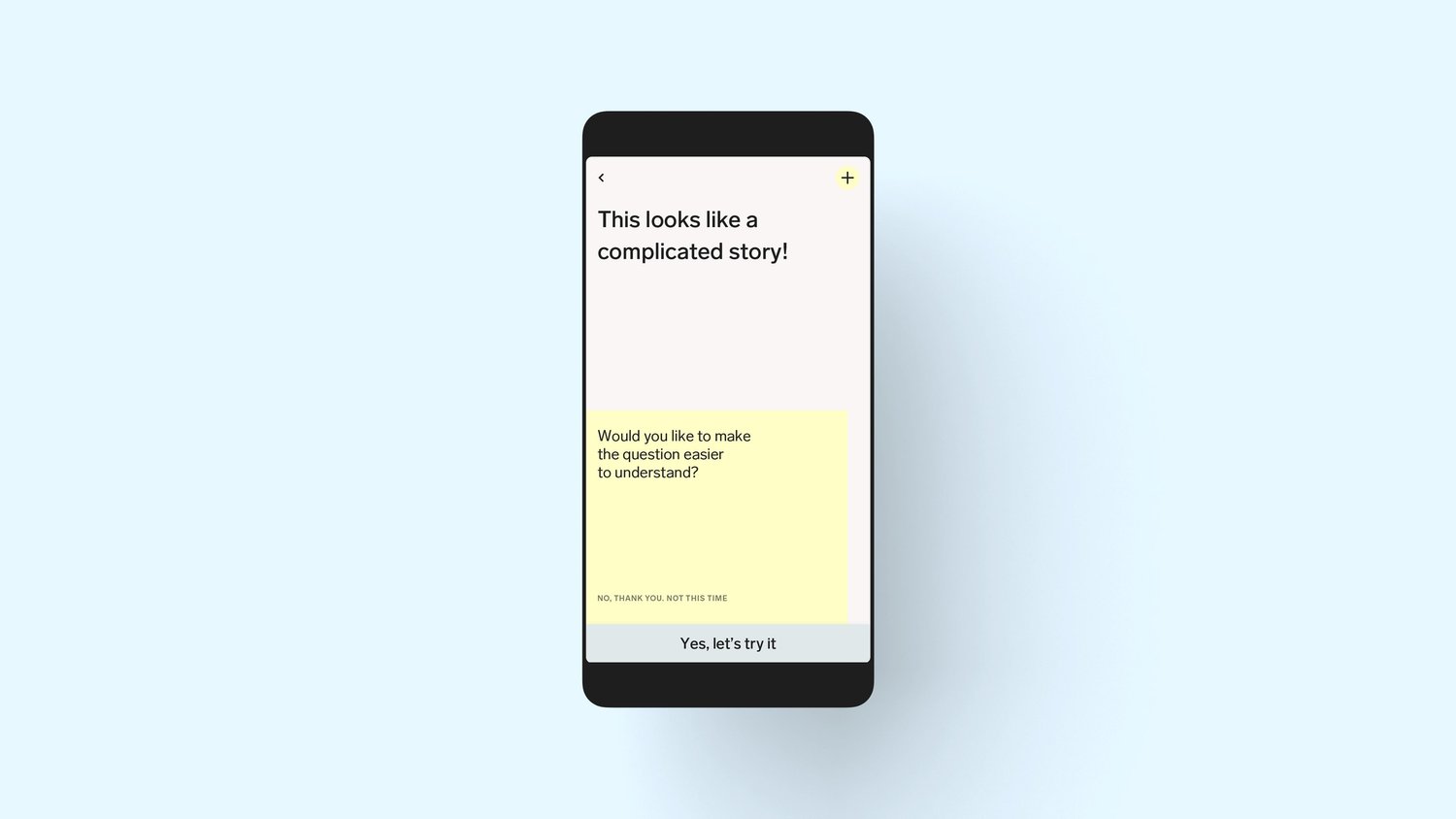
TASK ANALYSIS: The app recognizes that the question is potentially too complicated for Oscar and asks if he would like to simplify it.
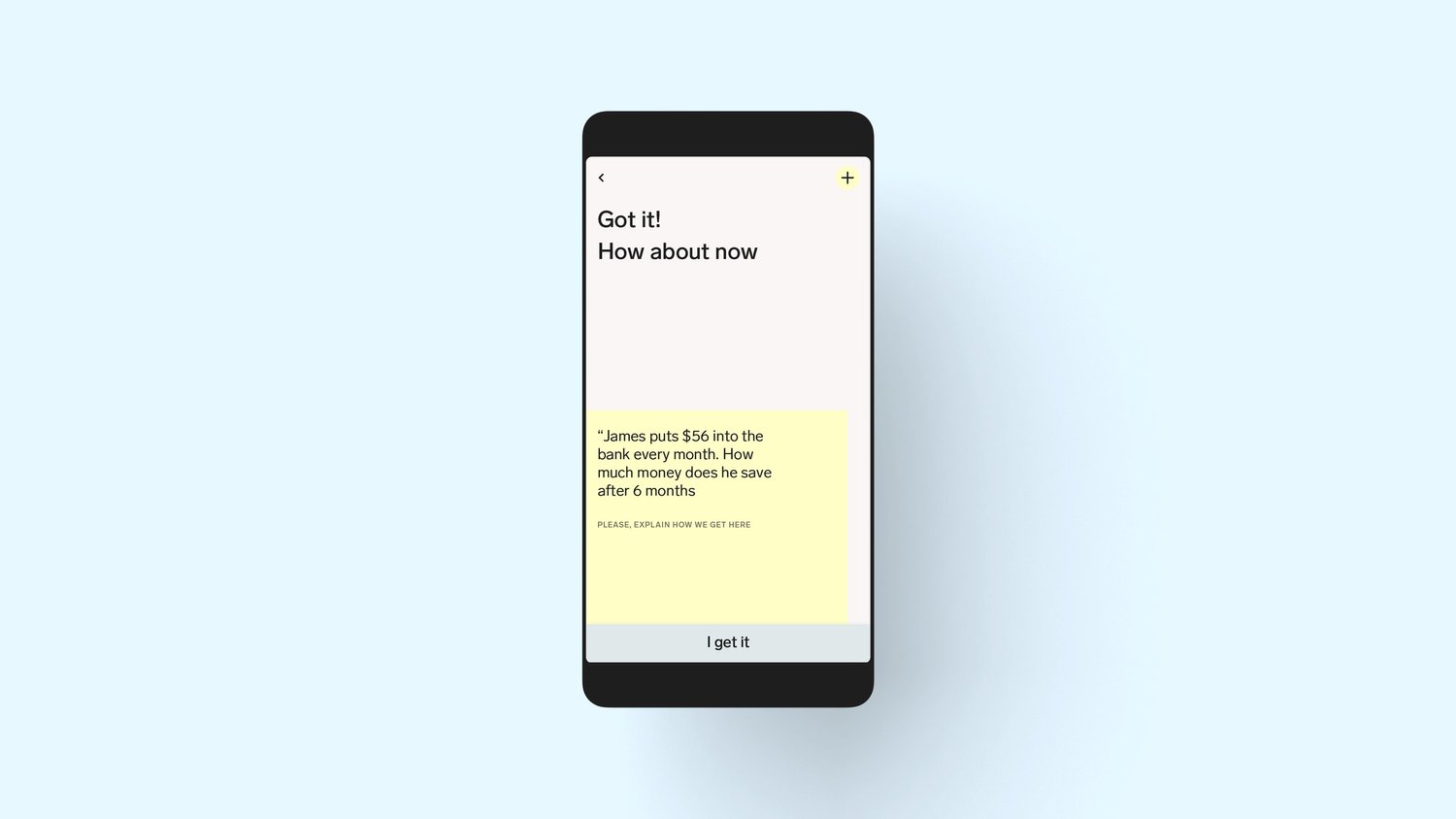
REFRAMING: Oscar chooses to simplify it and the app transforms the question into something easier to read and understand for Oscar. With Oscar’s input, the question is now updated to: “James puts $56 into the bank every month. How much money does he save after 6 months?”
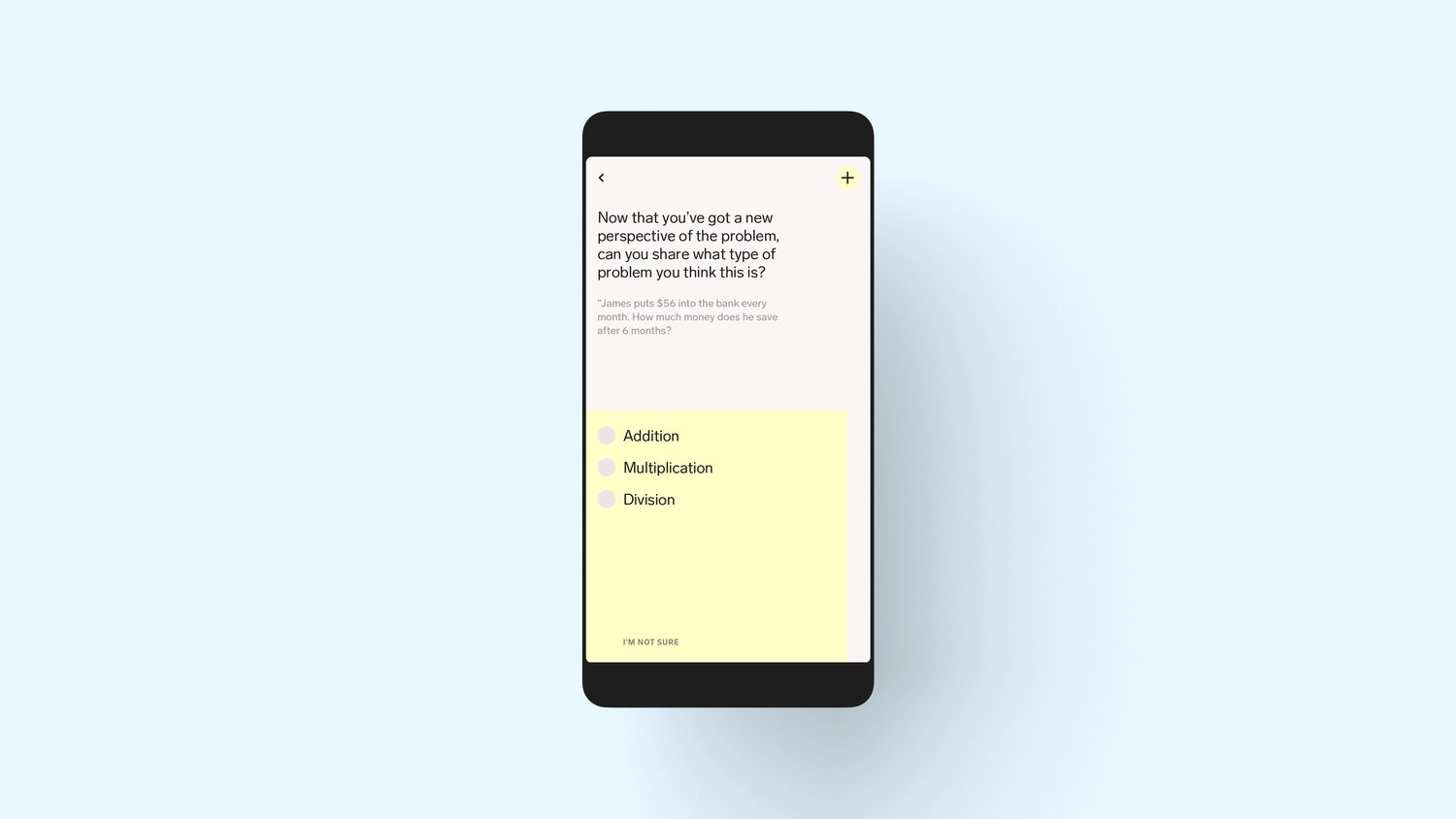
DECONSTRUCTING THE TASK: Next, the app tries to figure out whether or not Oscar understands the type of problem that he is trying to solve.
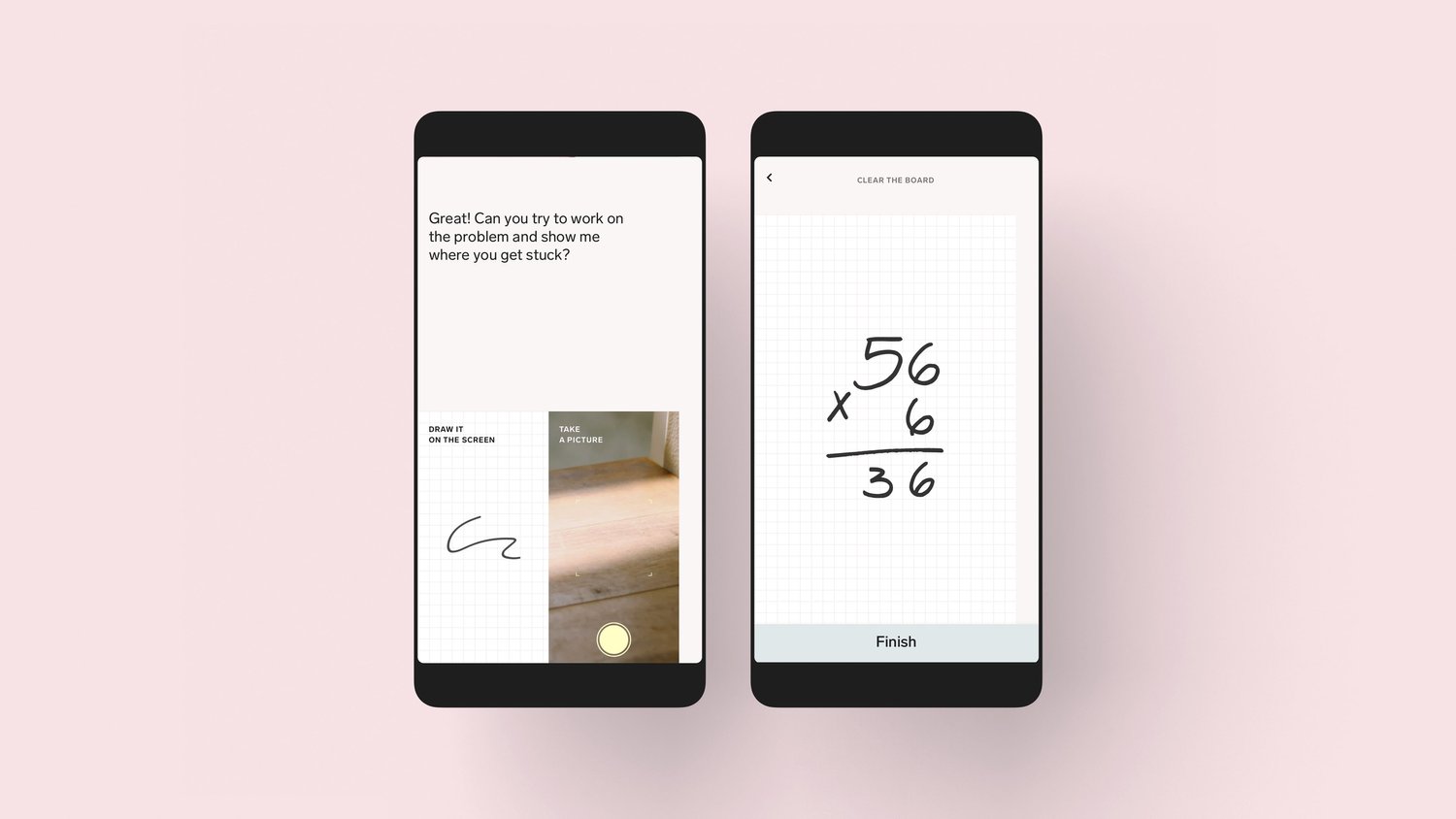
USER PROGRESS ANALYSIS: Oscar recognizes that this is a multiplication problem. The app now asks Oscar to redo his process so far so it can identify where Oscar is stuck.
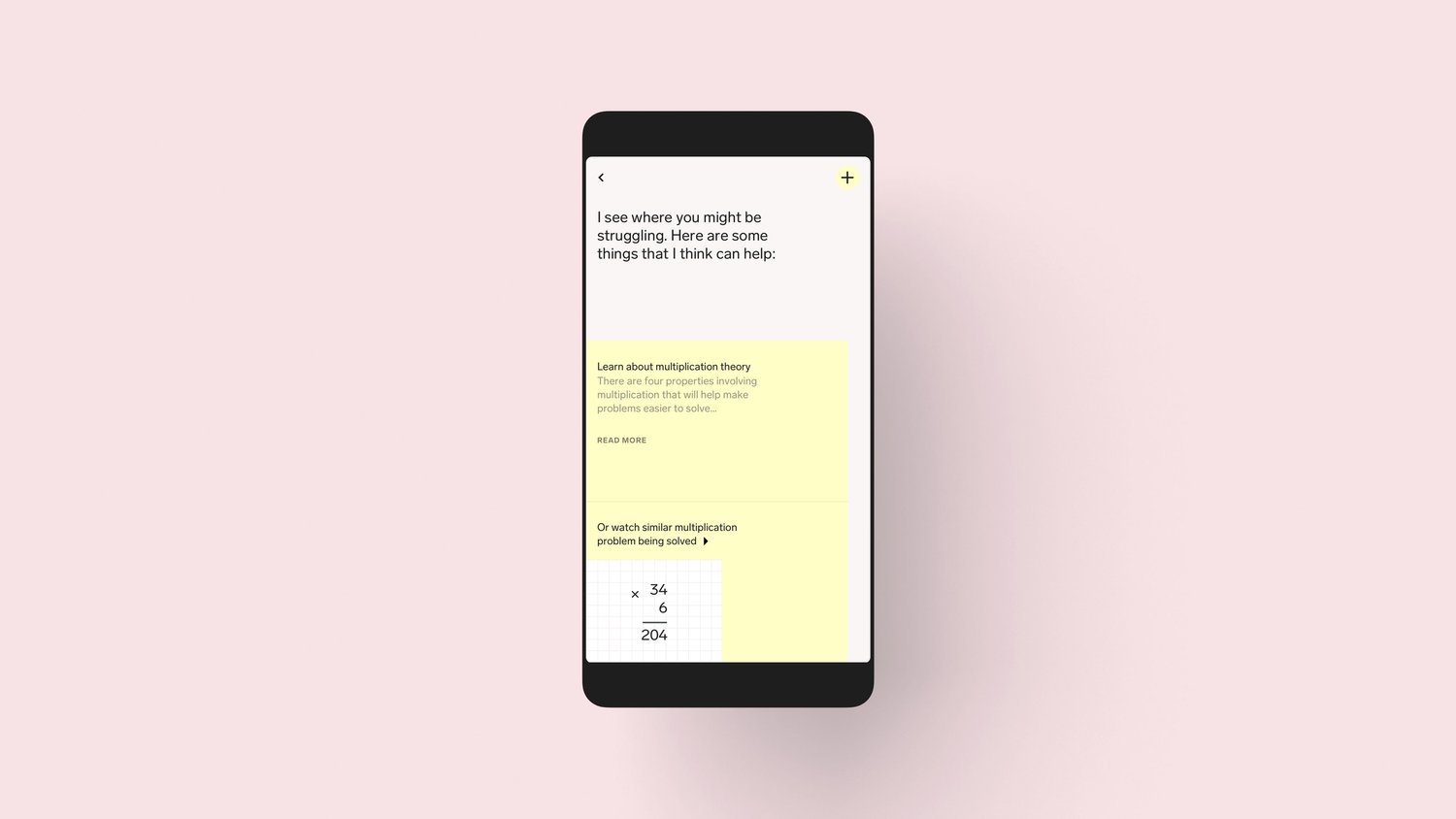
LEARNING OPTIONS: There are 2 ways that a kid can learn; either with theory or with seeing examples. The app suggests Oscar two potential ways to learn.
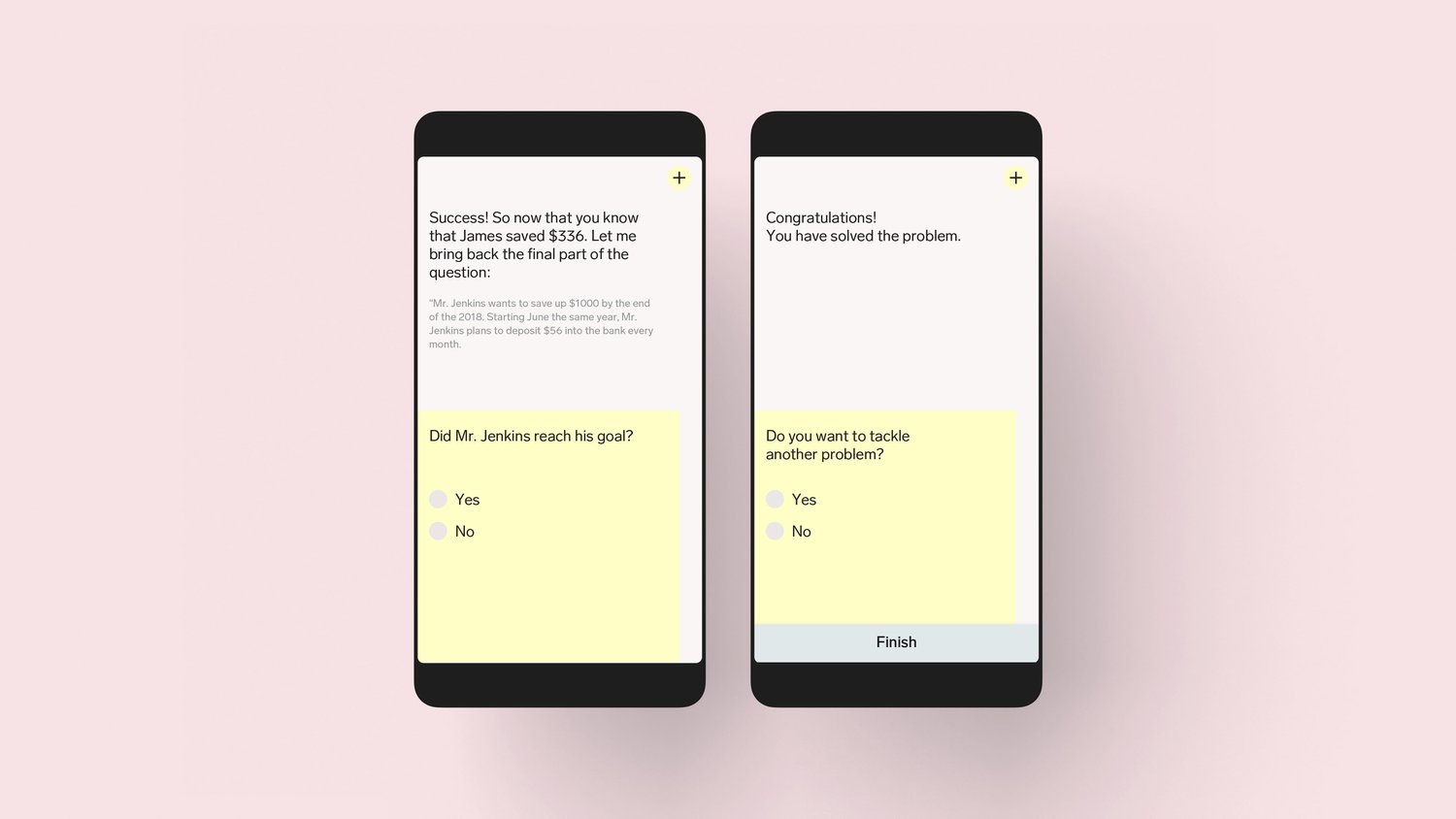
LEARN BY SEEING: Oscar chooses to see an example so he is being shown with a video of how a similar problem can be solved.

TASK COMPLETE + ALGORITHM IMPROVEMENT: The app now asks Oscar to re-do the problem and he successfully solves it.The app brings back the final part of the question. Overtime, the app gets better at understanding which education approach works the best for Oscar and will cater its language and teaching techniques to that.
3. Facebook Spectrum
More apparent in recent years than ever, output of news and informational articles has taken a polarized turn, turning discussions as a means of finding insights into a contest of “being right.” This refrains members of communities from having constructive debates and takes away the collective knowledge required for society to advance.
Facebook Spectrum is a web extension that puts a microscope on your daily news/article consumption; flagging out biases as well as persuasion tricks, at the same times, giving you concise and insightful takeaways from both sides of a discussion.
Technology:
Argument Claim, Sentiment Analysis, Text Summary, Context Dependent Evidence Detection, Sample Dataset.

MEET ANNA & VIET: Anna and Viet are having a discussion about their personal diets. Viet is vegan and strongly embraces it, while Anna tries to grasp the idea of going vegan.

Anna browses the web to learn more about veganism. She starts to read an article on how “avoiding meat and dairy is the single biggest way to reduce your impact on Earth.” This is no regular article being presented...

HIGHLIGHTING BIASES: ...every instance of bias is highlighted and explained to show her how this article uses tactics to steer her toward an opinion.

BIAS DISCOVERY: In one section, the article uses the perfect solution fallacy: comparing actual things with unrealistic, idealized alternatives.

BIAS EDUCATION: In another, there’s an exaggeration of cause-and- effect statements.
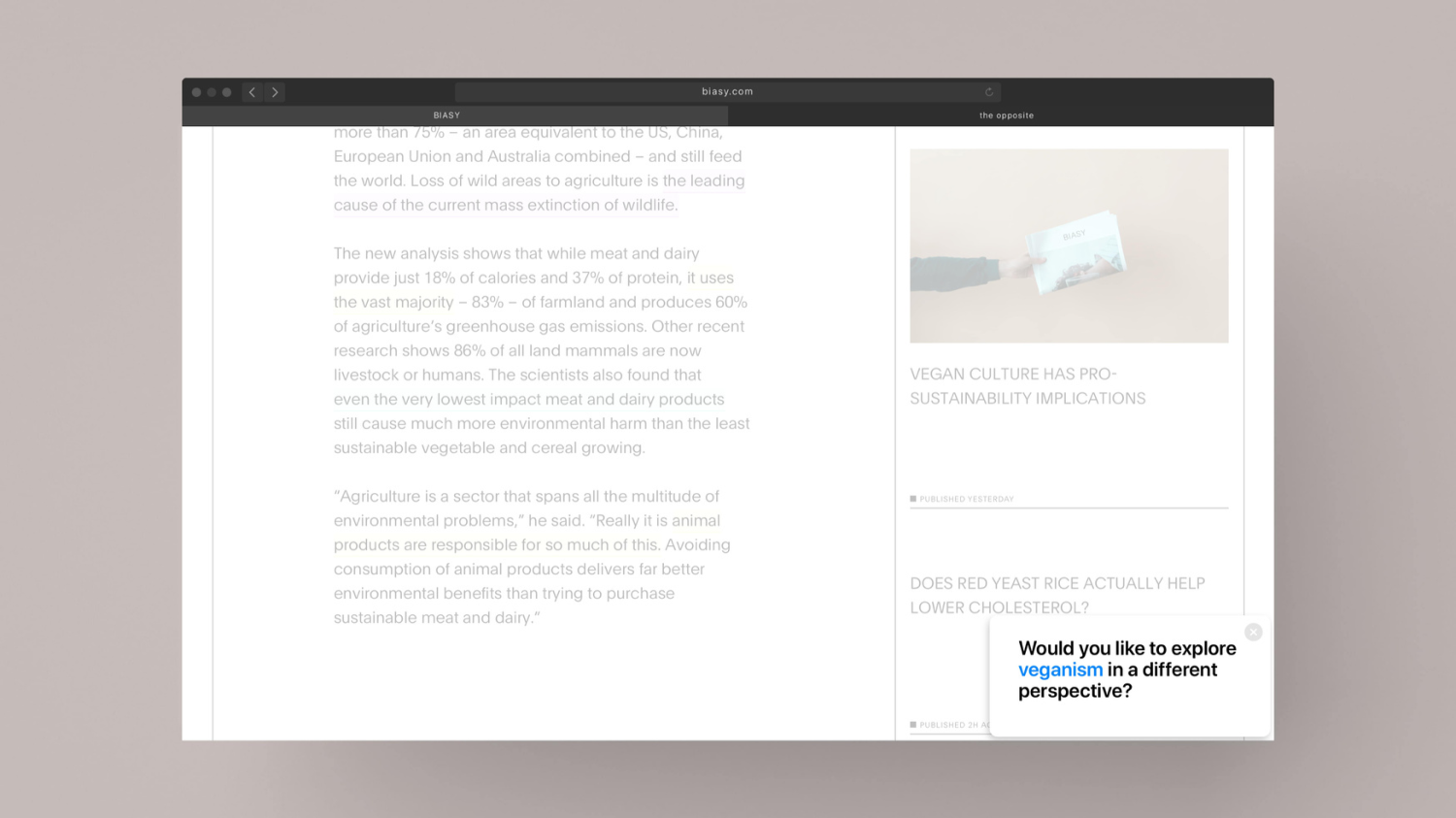
COUNTER CONTENT: At the end, Anna is shown an article that counters the one she just read.

There is bias written all over this one as well.

PRESENTING THE SPECTRUM: The end of the second reading transitions to a neutral summary. Valid points of both sides are explained, with biases aside. Anna is encouraged to making a sound decision on veganism by balancing the validity of both perspectives.